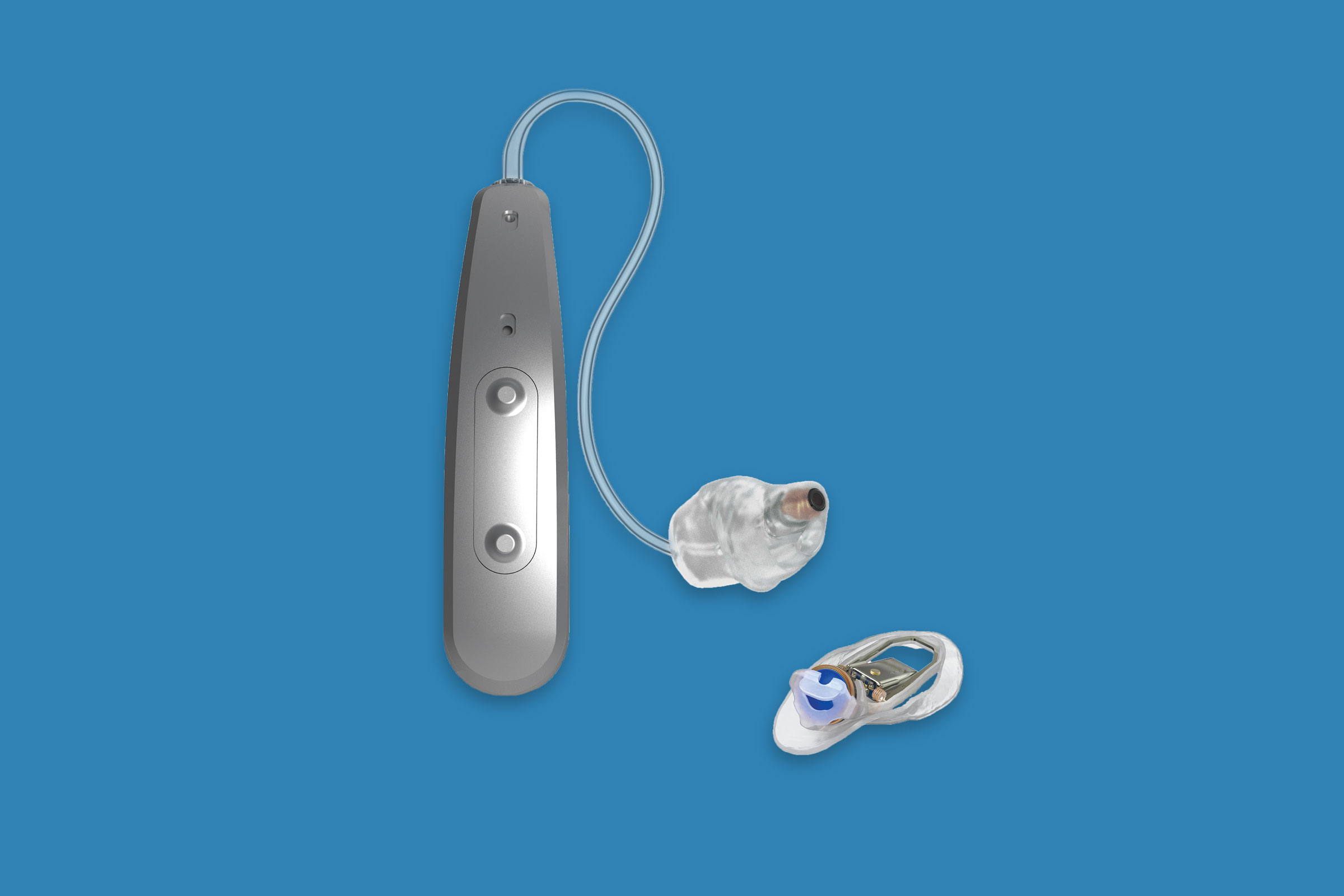Most hearing aids do a decent job of amplifying mid tones but struggle with the highs and lows, resulting in sound that is flat and dull. That makes it hard to follow conversations in a crowd—the so-called cocktail-party effect. Earlens ($6,000 per ear) upends the process, nixing the amplifier entirely and instead using a tiny lens that sits next to the eardrum. A microphone housed in the device’s over-the-ear processor picks up sounds, which an algorithm converts into vibrations that are transmitted to the eardrum. Put another way: rather than turning up the sound, Earlens actually re-creates the effect of the sound waves. —Marjorie Korn
More Must-Reads From TIME
- The 100 Most Influential People of 2024
- Coco Gauff Is Playing for Herself Now
- Scenes From Pro-Palestinian Encampments Across U.S. Universities
- 6 Compliments That Land Every Time
- If You're Dating Right Now, You're Brave: Column
- The AI That Could Heal a Divided Internet
- Fallout Is a Brilliant Model for the Future of Video Game Adaptations
- Want Weekly Recs on What to Watch, Read, and More? Sign Up for Worth Your Time
